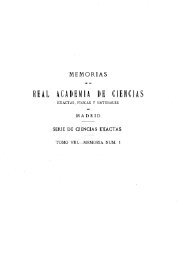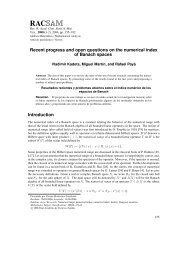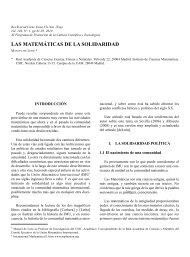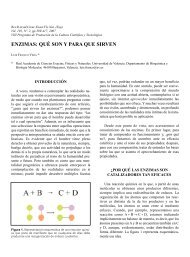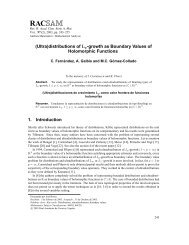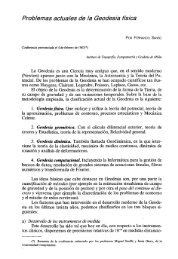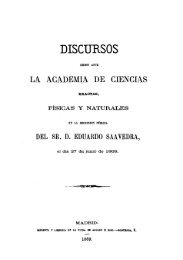The water footprint and virtual water exports of Spanish tomatoes
The water footprint and virtual water exports of Spanish tomatoes
The water footprint and virtual water exports of Spanish tomatoes
- No tags were found...
Create successful ePaper yourself
Turn your PDF publications into a flip-book with our unique Google optimized e-Paper software.
D. CHICO et al. 41different productions. While the provinces irrigated with surface<strong>water</strong> produce mainly <strong>tomatoes</strong> intended for the industryin open-air systems, those accounted for as irrigated withground<strong>water</strong> produce fresh tomato for export, more valuable.Virtual <strong>water</strong> <strong>exports</strong> related to tomato <strong>exports</strong> representabout 2.5% <strong>of</strong> total <strong>Spanish</strong> <strong>water</strong> <strong>exports</strong>, without consideringgrey <strong>water</strong> (Garrido et al., 2010). However, in economicterms (€/m 3 ) tomato <strong>exports</strong> are 350% larger than the average<strong>exports</strong> (Garrido et al., 2010), with 8.81 €/m 3 comparedwith the average 2.5 €/m 3 <strong>of</strong> the average <strong>exports</strong>. Reducingthe blue <strong>and</strong> green <strong>water</strong> <strong>footprint</strong> <strong>of</strong> tomato production willnot be easy because <strong>of</strong> plant physiology restrictions, but thegrey <strong>water</strong> component can be significantly reduced. Shouldthis be achieved by optimizing the timing <strong>and</strong> technique <strong>of</strong>Nitrogen applications, so that less is needed <strong>and</strong>/or lessleaches or runs <strong>of</strong>f, <strong>Spanish</strong> tomato <strong>exports</strong>’s sustainabilitywould significantly improve. Water <strong>footprint</strong> evaluationsthat omit the grey component would lead to incomplete conclusions,as they may lead to increase efficiency in direct <strong>water</strong>consumption but fail to take into account the environmentalpressure related to pollution.Finally, the <strong>water</strong> <strong>footprint</strong> contextualized in space <strong>and</strong>time can provide useful information for benchmarking, indentifyingbest practices <strong>and</strong> achieving a more integrated<strong>water</strong> resource management. However, to obtain a comprehensivepicture, not only the (eco) efficiency in terms <strong>of</strong>m 3 /ton should be considered, but also the context-specific totalcumulative <strong>water</strong> <strong>footprint</strong>.7. ACKNOWLEDGEMENTSWe would like to thank Pr<strong>of</strong>essor A. Saa, J. M.ª Durán<strong>and</strong> C. Hernández <strong>of</strong> the Technical University <strong>of</strong> Madrid for



